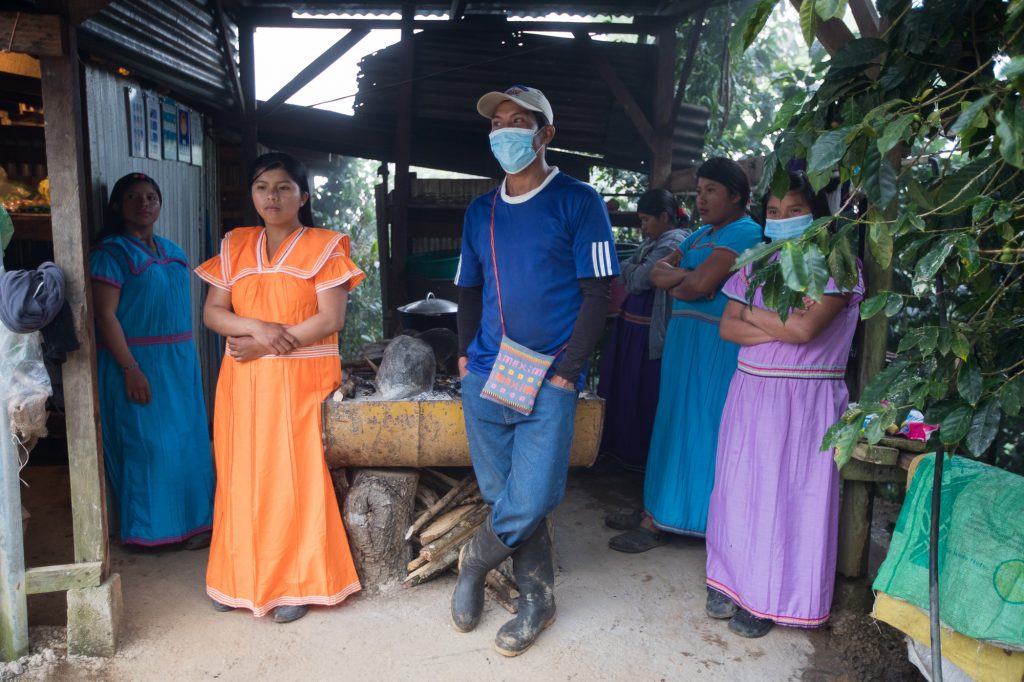In some ways, our entire December edition was an excuse to go find Máximo.
There were plenty of unanswered questions that tantalized us, too, of course. Our six-part series on the impact of the COVID-19 pandemic on Costa Rica’s coffee harvest, highly dependent on migrant coffee pickers from Panama and Nicaragua, left us eager to find out what would happen next with the stories we reluctantly left behind when January came to an end.
Would Costa Rica, its institutions, and its neighbors, maintain the highly unusual levels of cooperation that had allowed migrant workers to cross closed borders? Would the often hasty improvements in workers’ living quarters to meet health requirements result in a long-term positive impact in their overall conditions? What would happen to the hard-working farmers and cooperative leaders we met along the way in Coto Brus and Los Santos?
But our first item of business was to catch up with Máximo Palacios, his wife Elida Morales, and their daughters, Ílda, Ofelia, Yorlinda, and Liliana. They’re a Ngöbe family from the Comarca, the large territory in northern Panama whose indigenous residents are allowed to cross into Costa Rica without a passport because the border cut their ancestral lands in two. Mónica met them on El Colectivo 506’s first-ever reporting trip, when she spent a few days at the southern border to learn about how authorities were handling the complex mid-pandemic entry procedures. We both spent time with the family weeks later at the coffee farm high in the mountains of Los Santos, home to some of the world’s finest coffee.
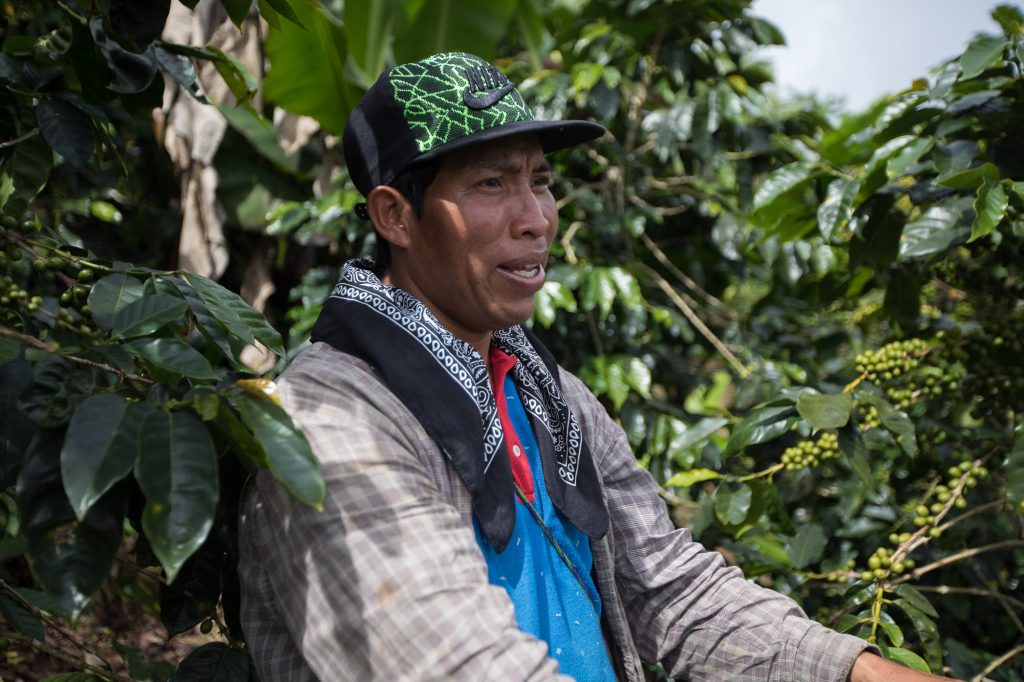
Máximo had been picking for the owner, fourth-generation coffee farmer Minor Jiménez, for nearly ten years—a lifetime in the fluctuating world of migrant labor. His family even returns, year after year, to the same simple house on the mountainside, where we watched the daughters giggle over donated books, and steam rise from the beans they were cooking for their dinner.
So to close out the year, we had to go back and find out how the family was doing. How the industry that they are a part of has fared since those highly fraught days of late 2020, when at times it seemed like Costa Rica’s most lucrative harvest might drop from the branch and go unpicked—all because of a virus that, in many of the country’s coffee regions, seemed as remote as a blizzard.
Against all odds
Given the degree of concern we witnessed from October to December 2020 in coffee farms across southern Costa Rica, it’s downright astonishing to hear Victor Vargas’s final verdict on the 2020-2021 harvest.
“The harvest suffered no ill effects whatsoever because of lack of workers,” says this official from the Costa Rican Coffee Institute (ICAFE). The harvest about 7% lower than the previous year, he says, but this was because of the Eta and Iota hurricanes that affected coffee growing areas in late 2020—not because of COVID-19. The lack of workers that so many farmers feared never materialized, thanks to the unusual cooperation that sprang up among farmers, Panamanian and Nicaraguan authorities, and Costa Rican entities including ICAFE, Immigration, and the Ministries of Public Health and Agriculture, among others.
Similarly astonishing, given the close quarters in which workers often life and the difficulties of achieving social distancing on buses and at the border, is the fact that COVID cases among migrants were minimal.
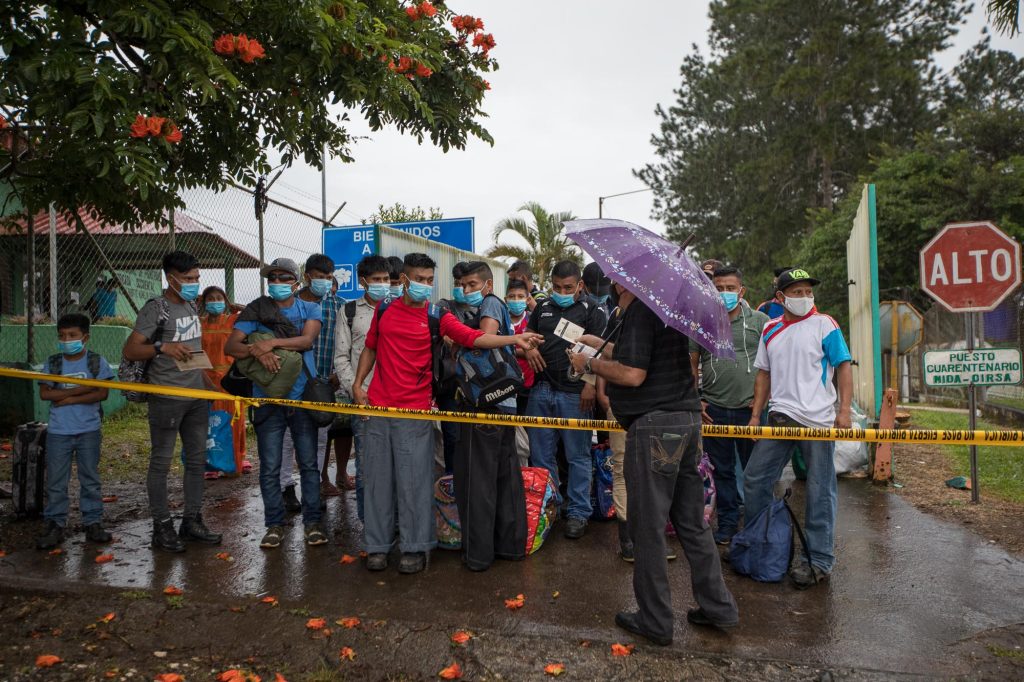
“We performed 1,126 PCR tests, of which only 22 were positive,” he says of the screenings applied on the Nicaraguan border. “Cases were isolated and treated within the respective Health Areas, quickly, and Nicaraguans were cured and COVID-free. COVID didn’t break out anywhere else… With the indigenous workers [from Panama]… we did have one large outbreak at a farm in Coto Brus… but no serious problem.”
He says that the increased order and inter-institutional coordination that sprang up around the coffee migration in 2020-2021 is “here to stay,” and that as of Nov. 26, more than 7,300 coffee pickers had entered Costa Rica from Panama—compared to 6,510 in the entire previous harvest.
“People are talking about a record-breaking year for entries,” he says. “There have never been so many documented indigenous entries. Those who know the history of Coto Brus… will tell you that there are statistics showing up to 30,000 people crossing from the Panama side to Costa Rica [for a coffee harvest], but not documented.”
He explains that having workers document their entries triggers a wide range of improvements—everything from the public health impact that comes from being able to provide migrants with health checks and vaccines, to the benefits to both farmers and workers that come from documented workers being able to access ICAFE’s insurance policies.
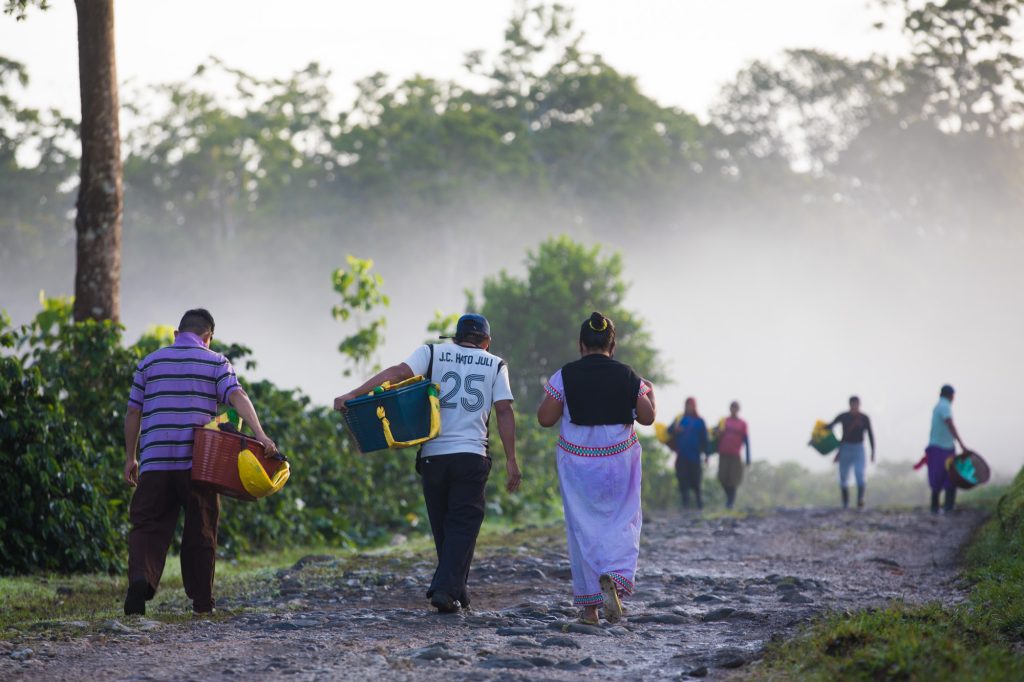
Victor explains that the improvements in worker housing that became urgent in 2020, when authorities had to verify that workers were distanced and shelters’ maximum capacities were strictly observed, is also continuing. What’s more, ICAFE, the Health Ministry and the Ministry of Agriculture teamed up to solve a problem from last year. Now, an inspector from any of the three entities can verify whether a shelter is up to code and whether capacity limits are being observed. Given that all three entities report staffing shortages for inspections, this has expidited farm reviews significantly, he says.
“The truth is, it was the pandemic and the border closures that improved everything,” he says.
The grind continues
The coffee farmers from our series report a continuing sea of requirements that all agree are even more complicated this year than last.
“We’re doing pretty well, even though we’re right in the middle of the problem of the pandemic,” reports Marco Cerdas, the administrator of Finca La China in Coto Brus. “But it’s really been hard to bring people for the harvest because of the pandemic… it’s been complicated because there are even more protocols and issues to deal with in order to be able to bring them back into the country.”
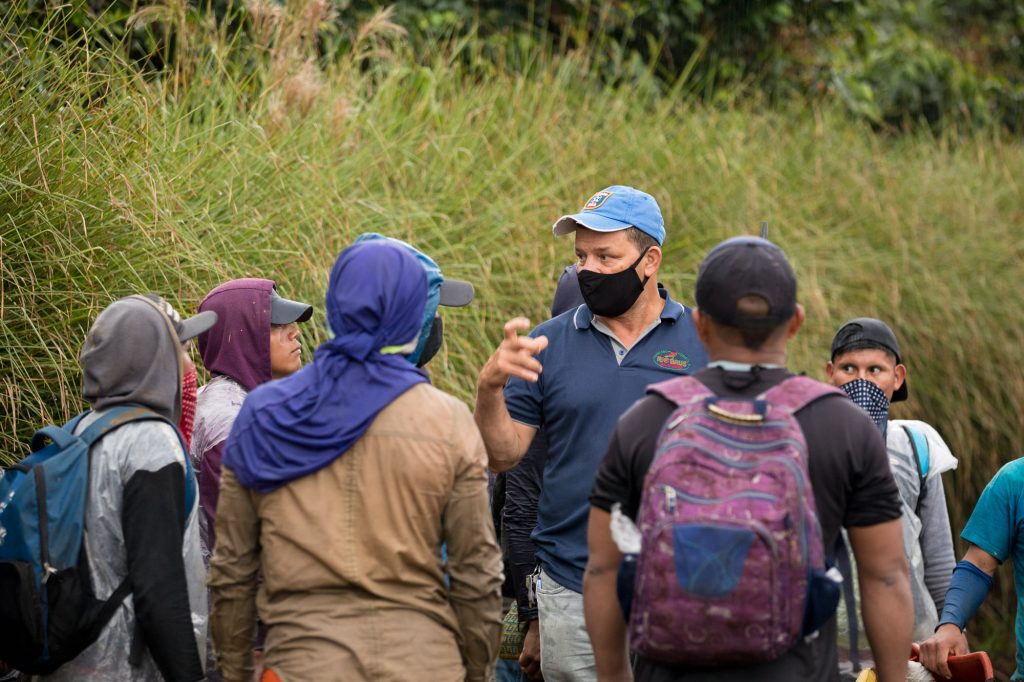
However, he says the harvests have gone well; this year, 60% of his Panamanian workforce has already headed out, either back home or up to Los Santos or the Central Valley, whether the coffee ripens later than at the border.
For Lucidia Hernández and her husband, Minor Montero, de Tierra Amiga Tarrazú in Los Santos, the process of bringing Ngöbe-Buglé workers into the country became so complicated this year that they’ve opted to work with Nicaraguan workers instead. (During our reporting for the original series and for this report, various sources talked about how for a variety of reasons, it’s often easier to communicate in advance with workers in Nicaragua and have them lined up for your farm before they cross the border; several farmers also said that culturally and for the cohesiveness of the workforce, they prefer to stick with workers of one nationality or the other, rather than combining both.) Minor says they were able to pick approximately 95% of their harvest last year, leaving 5% behind because of a few workers who left unexpectedly. The couple, who live off their land with their little daughter Ruth, have rebranded their coffee tour as a farm experience, and are looking forward to an uptick in tourism in the coming months.
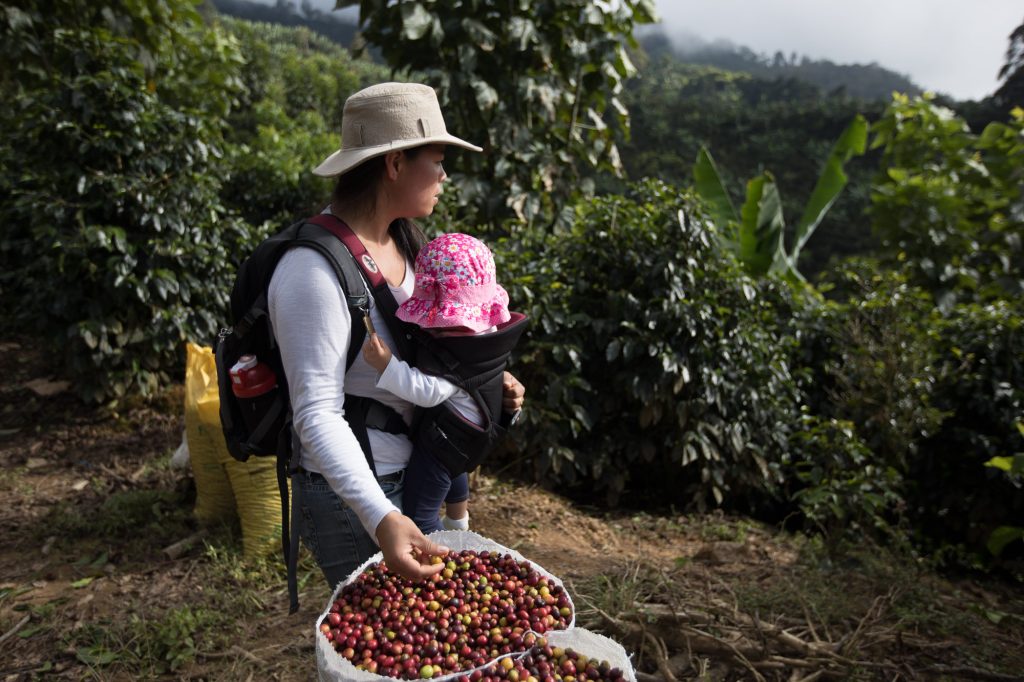
Nelson Mejía, who owns the four-acre Finca La Frontera in Coto Brus, has the strongest words of any of the farmers. He’s furious about a new requirement this year that Ngöbe-Buglé workers be screened in the Panamanian town of Bugaba, even if that means they have to recross the border. Since many Ngöbe-Buglé don’t have means of communication or money to do anything beyond get on the bus to the border, this added complication has been a nightmare, according to Nelson.
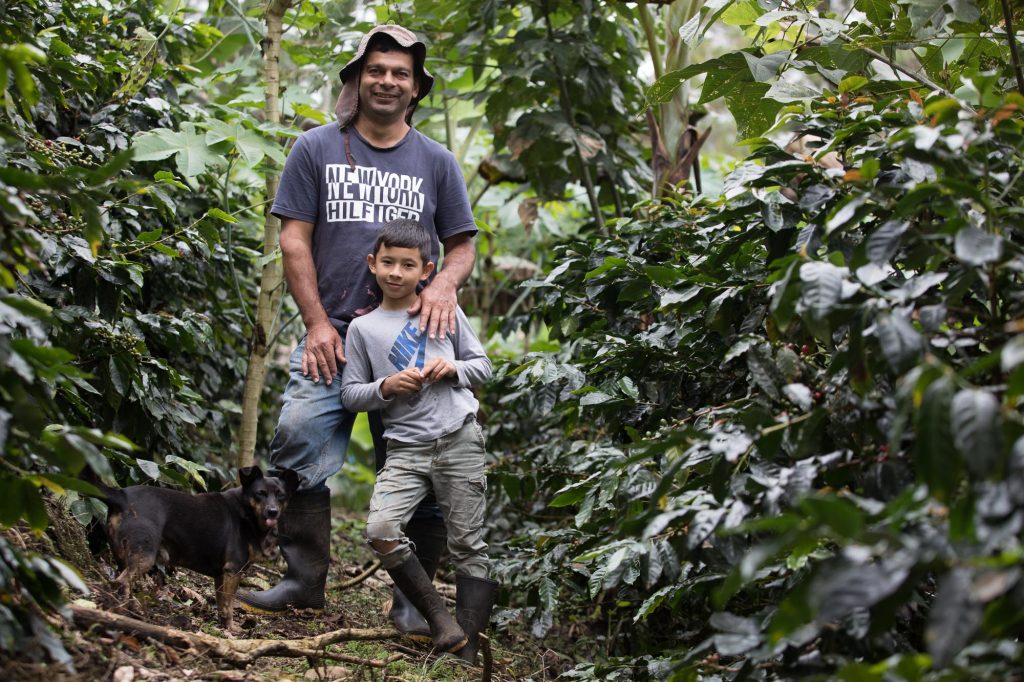
“It’s stupid with a capital S,” he says. “The people who make up those protocols are profoundly ignorant. They don’t know anything about anything… How has this affected me? Stress. The stress of bringing people in and documenting them, and asking them for papers. They’re not used to that. Many don’t have papers; they’re born in the mountains… That was a drama, and it was horrible.”
He adds that, while his farm has continued to operate without any problems, he thinks the bureaucratic steps have risked outbreaks by forcing workers to congregate.
“If there haven’t been any COVID cases, it’s by the grace of God,” he says. “Those procedures create crowds of people.”
The missing links
Unsurprisingly, our return to the topic of COVID and coffee showed that while some unanswered questions from January have been answered, new ones have been generated at Costa Rica’s borders. Two Immigration officials at different extremes of the organizational structure agree that while the improved coordination that resulted from the COVID crisis is here to stay, there is ample room for improvement—and there have been some missed opportunities.
Jose Pablo Vindas, an Immigration officer at the Costa Rica-Panama border station at Río Sereno, says that wait time for indigenous workers has been reduced significantly this season thanks to continuing improvements in inter-institutional coordination. The Assistant Director of Immigration, Daguer Hernández, explains that this is because since we last spoke with him, Immigration and the Health Ministry have been able to align their registries so that they only take migrants’ information once. He says this has reduced average entry times from three to four hours, down to 45 minutes to an hour. (Mónica witnessed waits of up to six hours at the border in 2020.)
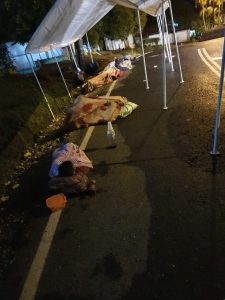

Back in January, Daguer was hopeful that Costa Rica would be able to engage other Central American countries in joining the binational identification system that Costa Rica implemented for the first time during the pandemic: having a simple and consistent card for migrants to present organizes the immigration process and opens up a world of benefits. These include the worker insurance from ICAFE that Victor Vargas mentioned, and excessive vaccinations that sometimes take place when health workers at the border, facing a lack of documentation and language barriers, have no way of telling whether a migrant has received a certain inoculation. When our January series was published, Daguer was weeks away from presenting Costa Rica’s success at a meeting of Central American immigration authorities.
However, when interviewed for this piece, Daguer said that this goal has proved impossible to achieve.
“We presented the process, but it wasn’t adopted as a regional policy. It’s hard to come to an agreement on this issue,” he says. “In terms of the various seals and decrees… every country has its own view.”
Both men have a list at the ready of improvements they’d like to see in Costa Rica’s processes.
Among the priorities for Jose Pablo is a system that would empower Ngöbe-Buglé workers by allowing them to know exactly where they’re going and what their working conditions will be before they travel. As various farmers have mentioned, this is more common with Nicaraguan workers than with the Ngöbe-Buglé.
“The workers are never asked about anything, and they never know anything,” he says. “If you ask workers where they’re going, what their boss’s name is, how much they’ll receive per cajuela…” you’ll usually get a negative response, he says; even people who come every year to the same farm might not know their employer’s last name. “They come on an uncertain journey.”
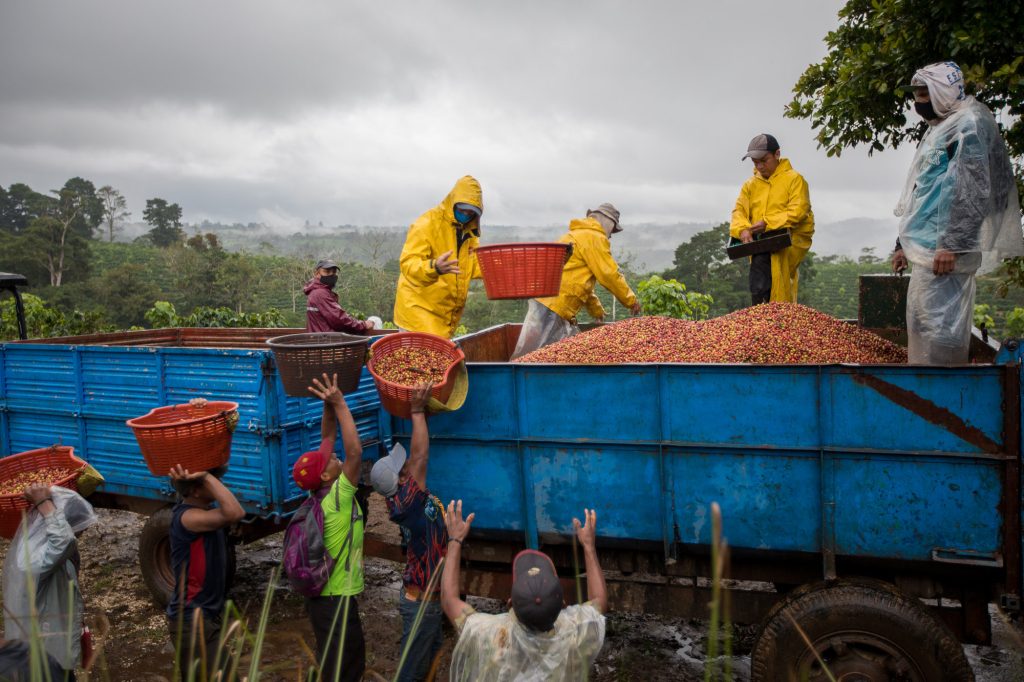
For Daguer, one of the best ways to improve conditions and transparency would be a legislative change to create a migrant worker permit. Today, residency, which is handled by Immigration, and work permits, which is handled by the Labor Ministry, are completely separate processes. He says that fixing this and creating a specific immigration category for workers would solve a host of problems, including the country’s burgeoning refugee lists. Since it takes so long of the Labor Ministry to provide a worker permit (which requires a study to ensure that the migrant worker isn’t taking jobs away from Costa Ricans), incoming workers just ask for refugee status, he says.
“In the end, ours are free-market societies,” he says. “We need a work permit category that’s regulated by the market, not by the State… just, ‘I have an employer who wants to hire me.’”
Our biggest missing link, on a personal level: Máximo. His employer Minor’s brother told El Colectivo 506 that Máximo called him early in the season to inform him that his family wouldn’t be making the trip to Costa Rica this year. He didn’t explain why, and Minor’s brother didn’t hold onto the phone number he called from.
As they picked coffee and interacted, the Palacios family taught us quite a few things: a few words of Ngäbere, some insights into lives that most people in Central America never even glimpse. In their absence, they’ve taught us another lesson about journalism and patience, pushing the limits of our understanding of “slow journalism” a little further. The older you get, the more you understand that a year can pass in the blink of an eye. And the older a journalist gets, the more she grasps the fact that to truly watch how a story evolves, how a process changes, how a trip across the border improves or worsens a life, she needs stamina that lasts much longer than a single year. In this day and age of increasing freedom for journalists (albeit freedom that goes hand-in-hand with financial insecurity), we can choose to exercise as much patience as the story demands.
Which is to say: Máximo, we’ll be here, sipping coffee, keeping an eye on the border. Here’s hoping we can find out one day how the path has treated you.
